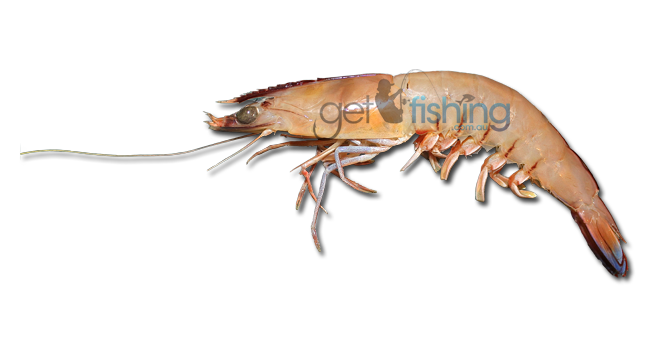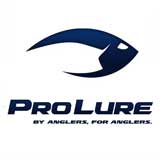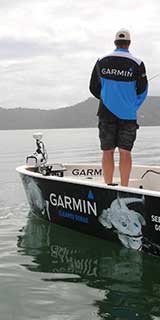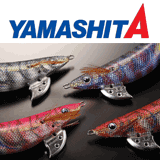Species ID
View AllWestern King Prawn

Western king prawns are a large-growing marine and estuarine-dwelling species with a cream to light brown body and distinctive bright blue legs and tail. Western king prawns are a bottom-dwelling marine invertebrate that spend much of their time buried in sediment on the sea floor, emerging for feeding, moulting and reproducing. They have a head (carapace), tail, 5 pairs of swimming legs, 5 pairs of walking legs (the front 3 pairs of which have claws) and many pairs of head appendages. They have an external skeleton or shell made from calcium carbonate and chitin, which they must shed so they can grow.
Other names
Blue-legged King Prawn, Western Prawn
Common size
10-21cm
Related species
Eastern king prawn (Melicertus plebejus), Red spot king prawn (Melicertus longistylus), Brown tiger prawn (Penaeus esculentus), Black tiger prawn (Penaeus monodon), Grooved tiger prawn (Penaeus semisulcatus), Red-legged banana prawn (Penaeus indicus), White banana prawn (Penaeus merguiensis)
Lifespan
2-3 years
Habitat
Juvenile Western king prawns prefer shallow inshore coastal waters and estuaries with a sand or muddy substrate. They grow up in protected nursery environments such as seagrass beds and move to deeper oceanic waters to depths up to 200m. During this migration offshore they are caught in trawling grounds on sand or muddy substrate and approximately 10-30m deep.
Reproduction
Western king prawns are bisexual, with females growing larger than males. They mature at about six to eight months of age and mate in offshore waters where males, which must be hard-shelled at the time, insert a sperm capsule into the soft, newly moulted females. The female uses this sperm capsule to fertilise the eggs internally, before releasing the fertilised eggs into the water soon afterwards. They can spawn more than once per year, depending on water temperature, and females will each produce hundreds of thousands of eggs during each event. The eggs hatch within 24 hours and go through a number of post-larval stages before settling on the bottom in shallow, highly salty ‘nursery’ grounds. After about 6 months when they have matured, they leave the inshore nursery environment and move to oceanic waters to mate and spawn.
Diet
Western king prawns bury themselves during the day and feed actively at night. The diet of prawns varies slightly between species but in general they feed on decaying organic matter, plant material, micro-organisms, and invertebrates such as worms and small shellfish.
Buying tips
Prawns should always be eaten fresh, and if not, could pose as a health threat. When purchasing prawns steer clear of those with an unnatural slimy look or blackening to the head, legs and tail. This usually indicates they are old and no longer fresh. Fresh prawns will be evenly coloured, have a slight shine and smell fresh like the ocean. Make sure the heads and shells look firmly connected and intact.
Cooked prawns taste better when boiled in natural saltwater but in some parts of the country, due to bacterial health risks, it is illegal for professional fisherman to cook prawns in natural salt water. If you’re curious to know how they were cooked ask your local seafood retailer when purchasing.
Information courtesy of Department of Fisheries WA and DAFF QLD.
Western king prawns are distributed throughout Australian waters between QLD northward all the way around to SA.
A very popular choice among prawn lovers. They have a medium texture and are rich and consistent in flavour. King prawns are great for use in a variety of dishes due to their medium to large size.
- Is a member of the family Penaeidae (penaeid prawns)
- Distinguished by their bright blue legs and tail
- Can grow to 21cm in length
- Live for 2-3 years
- The current Australian annual commercial catch of Western king prawns is between 3000-5000 tonnes
- Western king prawns bury themselves during the day and feed actively at night.





























